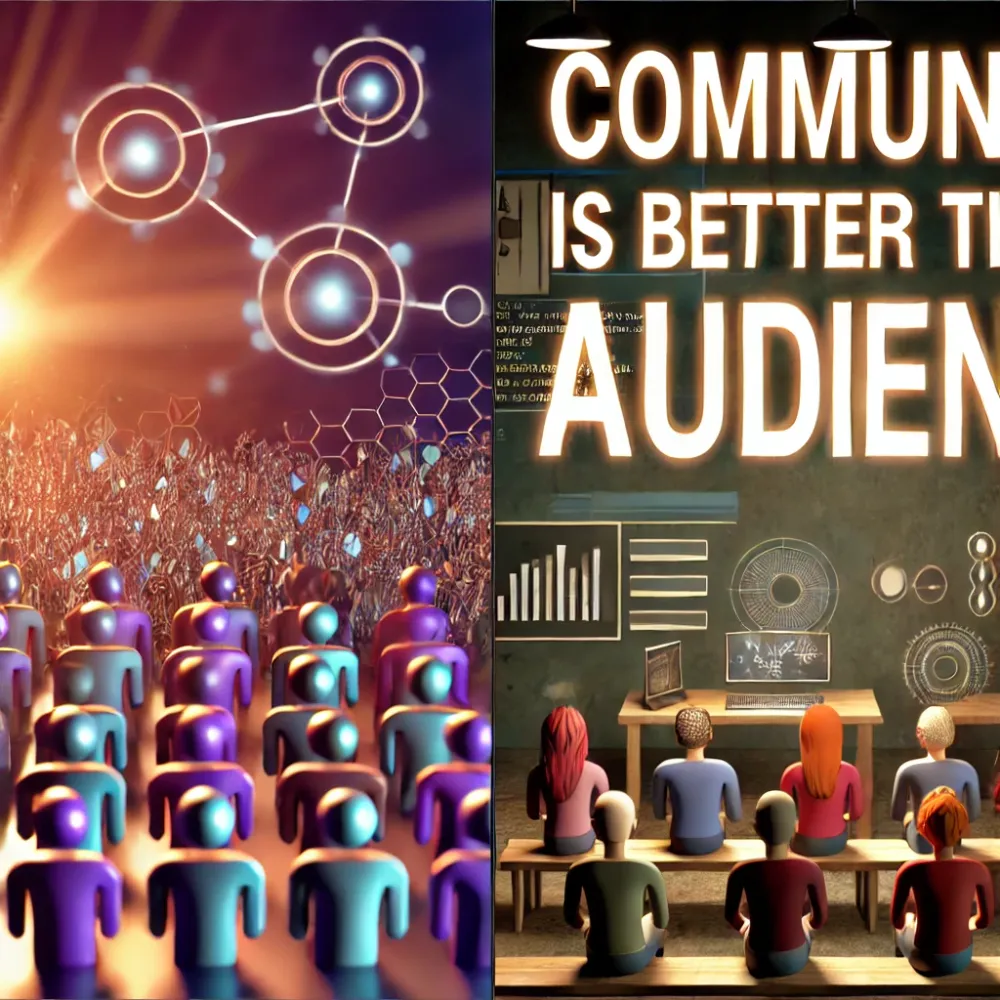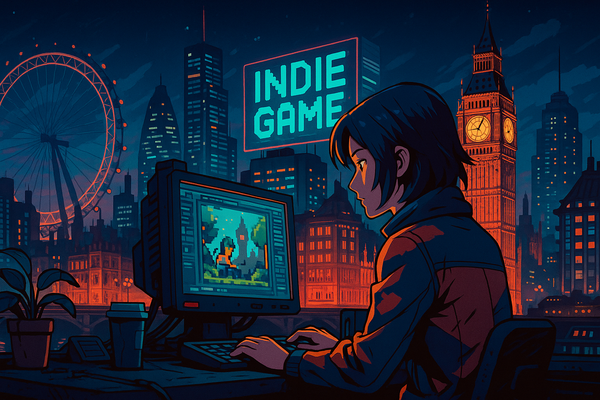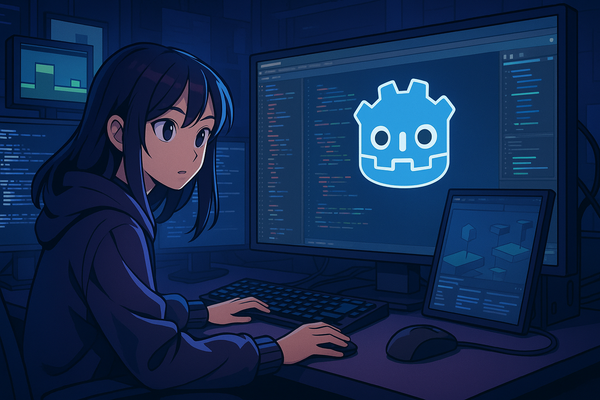Why building a community is better than just having an audience in indie game development
The terms "audience" and "community" are often used interchangeably, but they represent fundamentally different concepts that can significantly impact a game's success. While an audience is a group of people who passively consume content, a community is an active, engaged group of individuals who participate in the development, promotion, and enjoyment of a game. For indie developers, focusing on building a community rather than just gathering an audience can lead to more sustainable, long-term success.
The value of a community over an audience
An audience primarily consists of passive observers who might enjoy your game, follow your updates, and even make purchases. However, they remain largely disconnected from the development process and the broader ecosystem of the game. A community, on the other hand, is composed of active participants who are invested in your game's success. They provide feedback, create content, share your game with others, and contribute to a thriving environment that benefits both developers and players.
Building a community around your game has numerous advantages. A dedicated community can serve as a testing ground for new ideas, a source of constructive feedback, and even a promotional force that amplifies your reach. Unlike an audience, a community is more likely to stick with your game through its ups and downs, providing a stable base of support that can help weather challenges and setbacks(Fungies,Beamable).
Creating a strong community
Creating a community requires more than just posting updates on social media. It involves actively engaging with your players, listening to their feedback, and making them feel like they are part of the development process. Platforms like Discord, Reddit, and specialized forums are excellent tools for fostering this kind of engagement. For instance, Discord allows for real-time communication, helping developers connect directly with players, answer questions, and build relationships(Beamable,Enjin Hub).
It’s also essential to start building your community early in the development process. Even sharing early concept art, alpha builds, or behind-the-scenes content can help generate excitement and bring people into your project long before the final release. By doing so, you create a sense of ownership among your community members, who are more likely to support your game and spread the word.
The Long-Term benefits of a community
The benefits of building a community extend well beyond the initial launch of a game. A strong community can keep a game alive long after its release, with players continuing to create content, share experiences, and bring new players into the fold. This ongoing engagement not only boosts the game’s longevity but also opens up opportunities for future projects. A satisfied community is more likely to support future games, participate in crowdfunding campaigns, and provide valuable insights that can guide your development decisions.
Moreover, communities foster a sense of belonging among players, which can transform casual players into passionate advocates for your game. This organic growth is far more sustainable than relying solely on paid advertising or short-term marketing campaigns. When players feel connected to a game and its developers, they are more likely to stick around, contribute to its success, and support future endeavors(Fungies).
The Strategic Advantage of Community
While having a large audience is beneficial, building a strong, engaged community offers far greater long-term value for indie developers. A community not only supports the game’s development and promotion but also helps ensure its continued success long after release. By investing time and effort into creating and nurturing a community, indie developers can build a loyal fanbase that will support them for years to come.




